China is really serious when it comes to space exploration. In fact, in the last couple of years, China has made a very massive leap forward towards space exploration. Just check out these jaw-dropping images of the lunar surface at the end of the article, and you’ll definitely see why.
One of the best examples of
China’s space program development is their Lunar Exploration Program—also known
as the Chang’e program— an ongoing series of robotic Moon missions by the China
National Space Administration (CNSA). The program incorporates lunar orbiters,
landers, rovers and sample return spacecraft, launched using Long March
rockets.
The Change’3 specifically
was launched in December 2013 as part of the second phase of the Chinese Lunar
Exploration Program. According to reports,
the Chinese Lunar Exploration Program has been categorized into three main
operational phases:
Landing (Chang’e 3 and Chang’4)
Named after the Goddess of
the Moon in Chinese Mythology, the spacecraft incorporated a rover dubbed Yutu
which successfully made its way to the lunar surface snapping the most amazing
images of the lunar surface you’ve ever seen.
Chang’e 3 arrived into lunar
orbit on December 6, 2013, and landed 8 days later on December 14, 2013, making
history as the first spacecraft to soft-land on the Moon since the Soviet
Union’s Luna 24 in 1976.
The images snapped by the
Chinese lunar exploration vehicles are more than just beautiful. They are a set
of never-before-seen images that show the lunar surface in great detail.
As noted by the GBTimes,
China’s Chang’3 has demonstrated the techniques and capabilities for
soft-landing and long-term operation on the Moon, extreme environmental
adaptability with lunar nights and days seeing temperatures ranging from -180
to +100 degrees Celsius).
China it seems went all in
when it comes to space exploration. In fact, they are currently developing a
10-year strategy which encompasses both lunar and planetary exploration. China
wants to send landers to the Moon’s poles and even potential human landings on
the lunar surface.
Their next big step is the
Chang’e-5 lunar sample return mission due to launch in 2017 and a
never-before-seen landing on the far side of the moon in late 2018.
The far side of the
Moon—commonly and erroneously called the ‘Dark side of the Moon’—is not visible
from Earth because of gravitational locking. The far side of the moon had never
been observed until the Soviet Luna 3 probe sent the first images ever in 1959.
The Chang’e-5 mission will
be the first lunar sample return ever in over 40 years, since Luna 24 by
the USSR in 1976, and will make China only the third country to return samples
from the lunar surface.
Here be bring you some of
the most fascinating, breathtaking, stunning, incredible, awesome images snapped
by the Chang’e-3 mission.
Enjoy and thank Emily Lakdawalla of The Planetary Society.
Image Credit: Chinese
Academy of Sciences / China National Space Administration / The Science and Application
Center for Moon and Deepspace Exploration

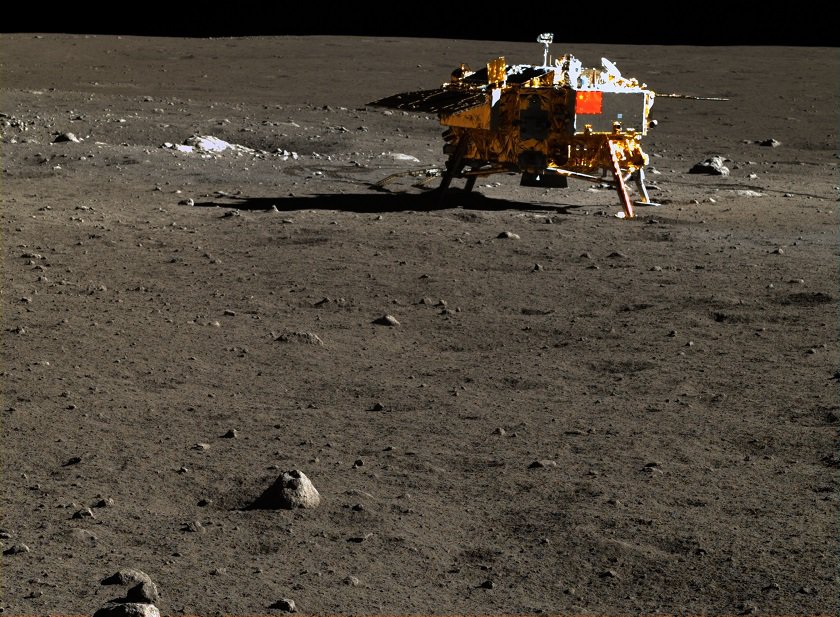
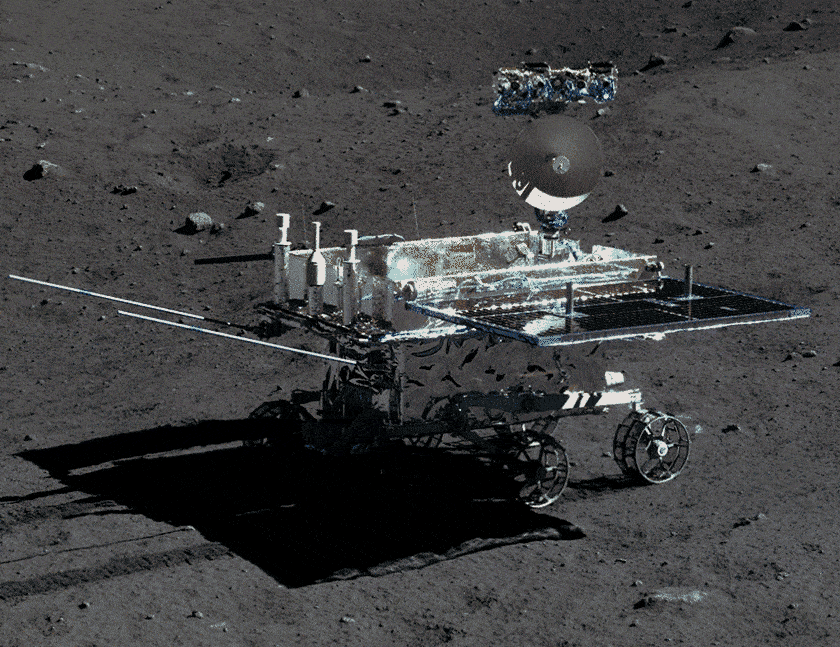
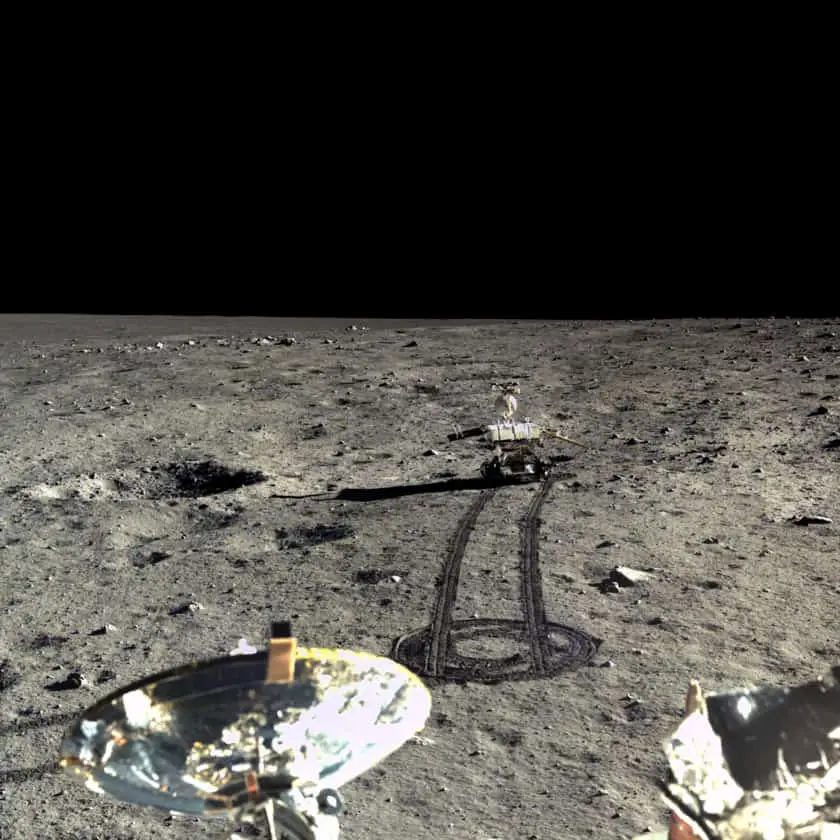
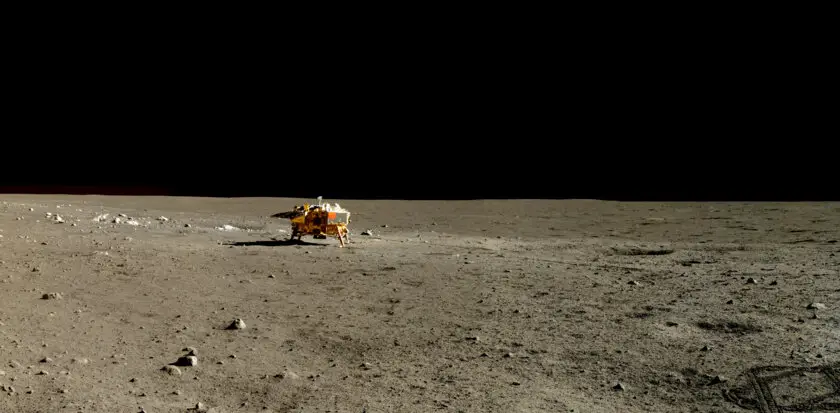
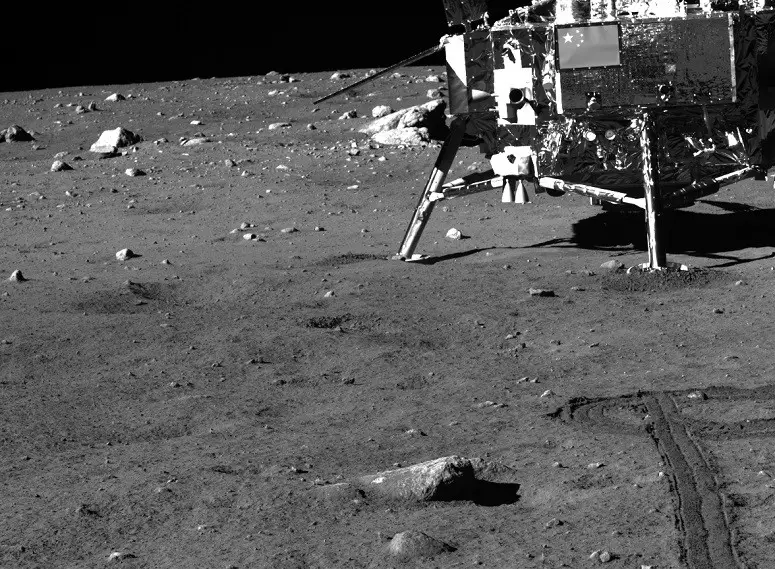
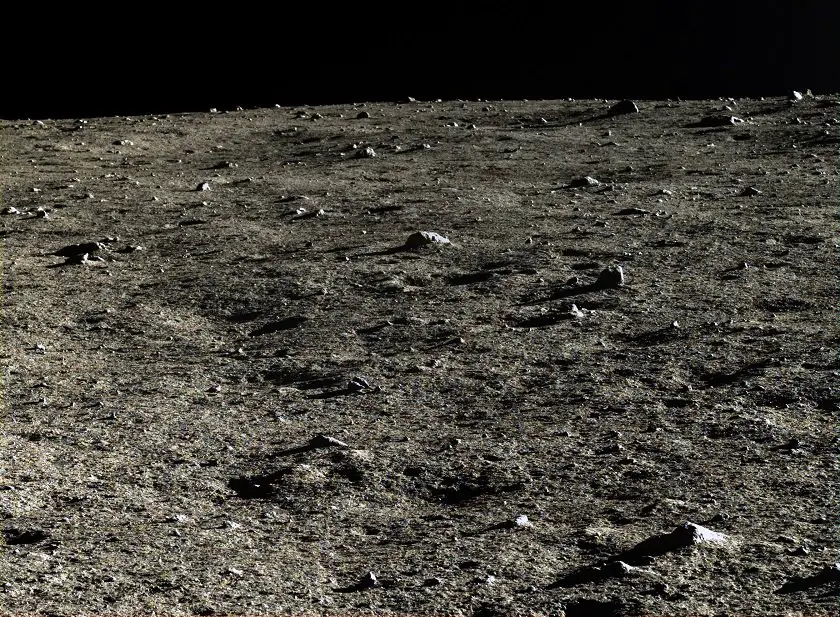
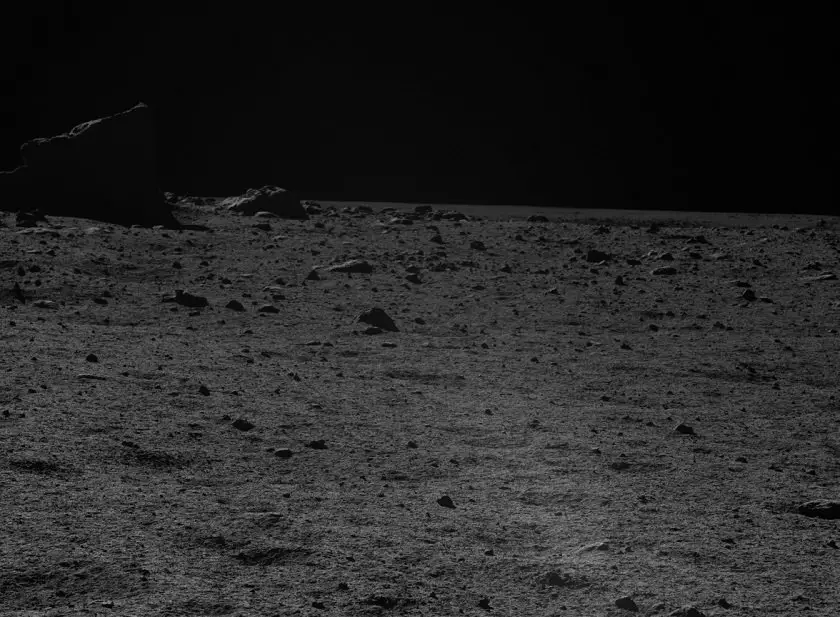
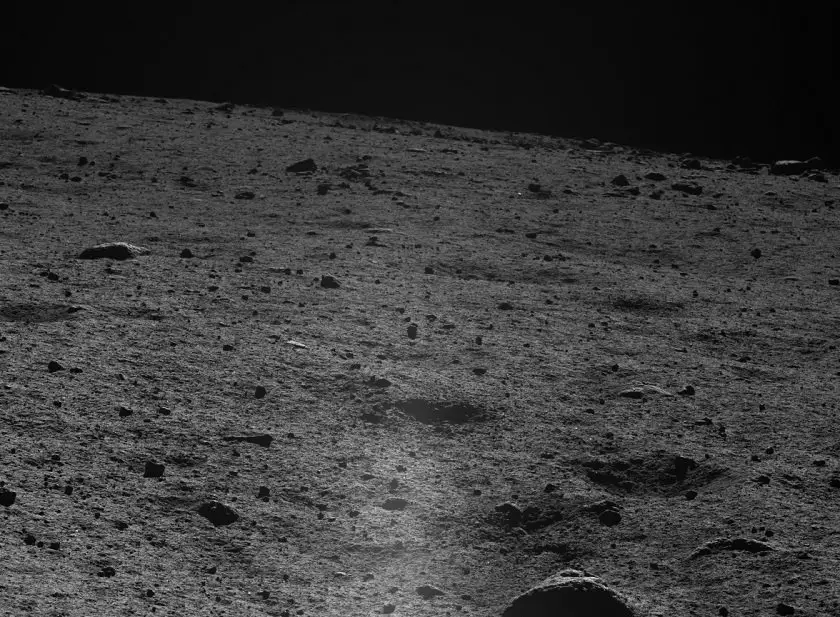
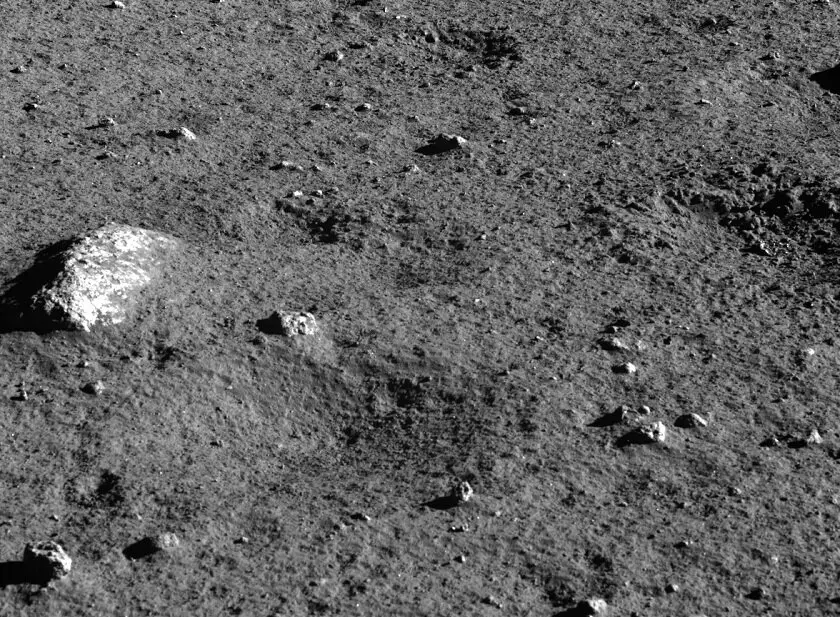
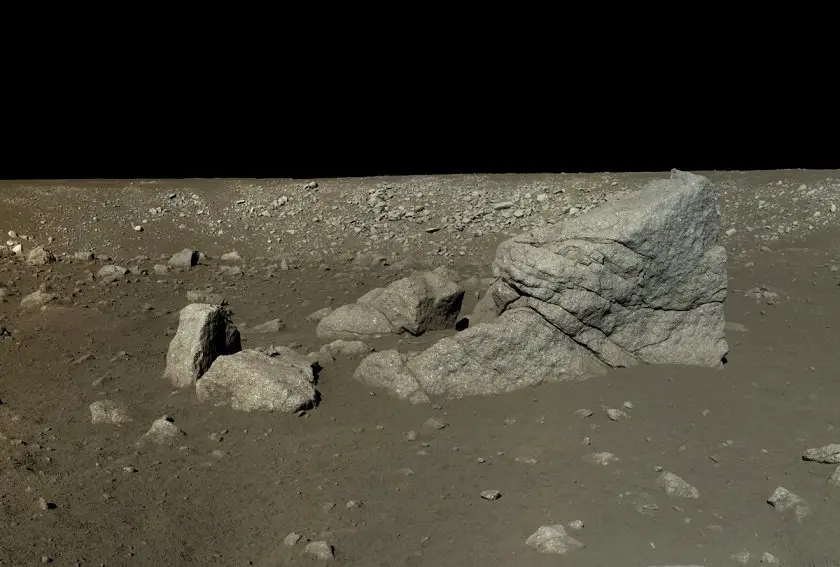
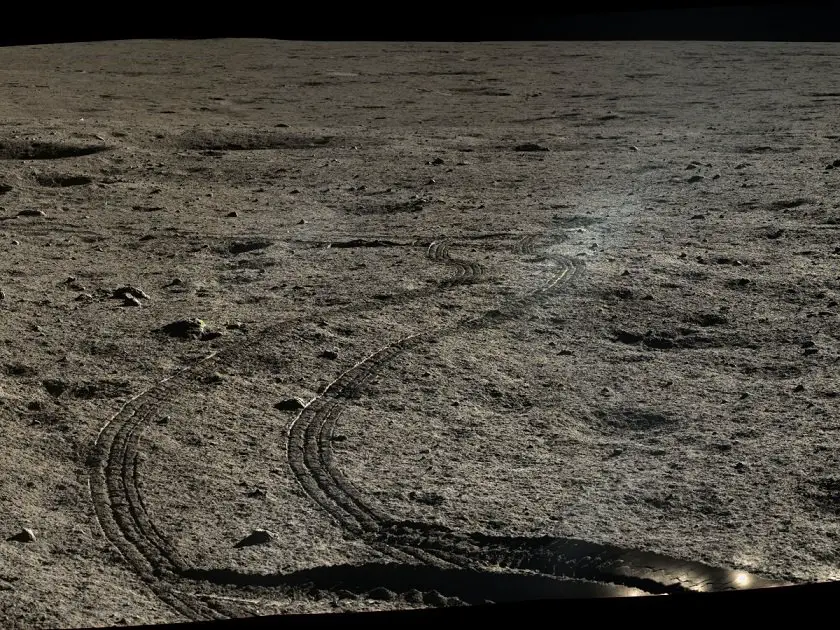
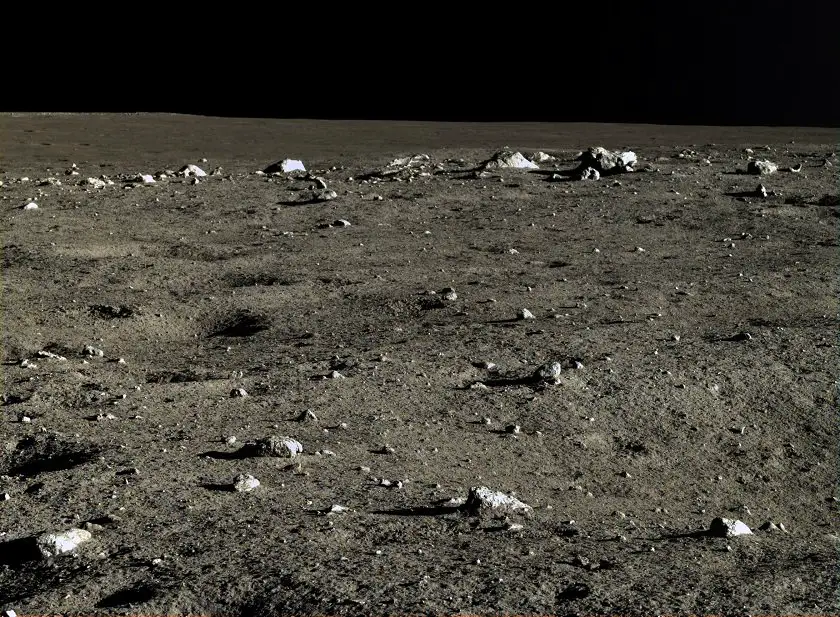
why does the lunar surface look wet?
ReplyDeleteThe Selenites water it to keep the dust down.
DeleteProbably was raining.... or they have a sprinkler system....
DeleteThe lighting is not like here on Earth. There is no atmosphere dummy.
Deleteamazing what a big building and tons of rocks and dirt can be made into...it was so cheesy looking when they launched the supposed rocket that the news wouldnt cover it .china going to the moon lol another group in the nwo club
ReplyDeleteYou are fucking nuts. Seek help.
DeleteI am not a student of the Chinese language, so why does the name keep changing from Chang to Chang'e?
ReplyDeleteBecause whoever typed the article didn't bother to proofread.
DeleteChang'e (嫦娥, pronounced "tch'hang - uh") is correct. ;)
Those images are impressive, but I'm not sure why the breathless headline writer had to say "The Best-Ever Images of the Lunar Surface." Any of the Apollo surface missions (with the help of their Hasselblad's) had spectacular resolution, contrast and lighting. Still the only film-return missions from the moon.
ReplyDeleteWhy does moon's surface show no rocket blast from the landing module? It's 2-3 inches of soft material. It should all be blasted away. There should be dust and dirt all over the bottoms of the landing legs. Same in the USA photos.
ReplyDeleteNo 'rocket blast' is required to land once you are down that low, it kinda coasts in and plops down. Gravity is much less.
DeleteWhen it takes off they will, though.
LIARS! JUST LIKE NASA/ESA.. STOP BELIEVING IN RELIGION..
ReplyDeleteBrian Wang, is that you?
ReplyDeleteAny additional sounds?
ReplyDeleteLike the moon is allegedly hollow, as the conspiracy theorist stating? The items dropped to the surface rang like a gong (1970's)
I'm not a conspirationist (always believed in the man landing on the Moon), but why does the rock in the 9th picture look so stratified and eroded? ô_ó ...
ReplyDeleteThe constant bombardment of micro-meteroids is the main cause along with other geological effects such as volcanism and larger impacts.
DeleteThe jointing of the big rock is caused by stress from whatever cataclysm that tossed it around and turned it over.
DeleteWe/They never went...
ReplyDeleteI have seen a Saturn 3 rocket lift off from Cape Kennedy with my own eyes. Where do you think these mammoth rockets go when they ascend into the sky? You express an opinion, but do you have any facts or sources to back it up?
DeleteYou mean Saturn V.
DeleteNo, I believe it was a Saturn III, a smaller version of the Saturn V that was used to lift heavy loads into Earth orbit before the Space Shuttle.
DeleteIf you want to question anything, question why the rover let no tracks from the lander to it's little dougnut and drive away and showed not tracks around the lander at all when looking back
ReplyDeleteDid it not even occur to you that they could have landed independent of each other?
DeleteThey used a magic trip, something you can't even imagine. Do you think you're ready to learn this freemasson secret?
Deletehttps://www.allegromedical.com/images/productImages/42/F9/5-telescoping-adjustable-wheelchair-ramps-163739-MEDIUM_0.jpg
yeah, a folding ramp. It took me about 10s to find out. So before ending conspitard just search.
if you look left, you will see there is track leading to the side, it is just block by the dish.
Deletewhy is it all the photos taken from the lunar surface American or Chinese have no stars shining in the sky? I would think it would be just filled with them since there is no atmospheric issues to deal with...huum?
ReplyDeleteThe cameras are set to record images from strongly reflective surfaces in the full strength of mid-day sun without the camera being dazzled by reflections. The camera apertures are probably set to f/16-f/64 to minimize overexposure. That is why everything is si sharply in focus without depth-of-field effects. Wth the light being so severely limited, it is not surprising that stars would not show up in the sky. You would need a setting of around f/4 to f/8 to see stars ... or get smacked in the head!!
Deletehey, is it only me who is noticing this? the moon surface looks so irregular like there is lots of creatures scratching the soil surface. I mean it cant all be coming from external bombardments, besides it is said there is no atmosphere which means no winds, right?
DeleteBut hey, we are on the moon! The moon! So we should show the star fields in all their glory. You know, scientific inquiry and all that. What a missed opportunity. Or... what? Why not?
ReplyDeleteIf you go out on a sunny day on earth you can't see any stars ......
ReplyDeletehahaha keep walking cheerz!!!
ReplyDelete